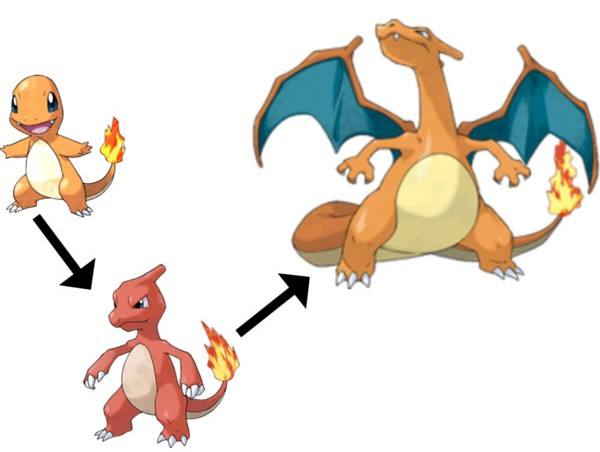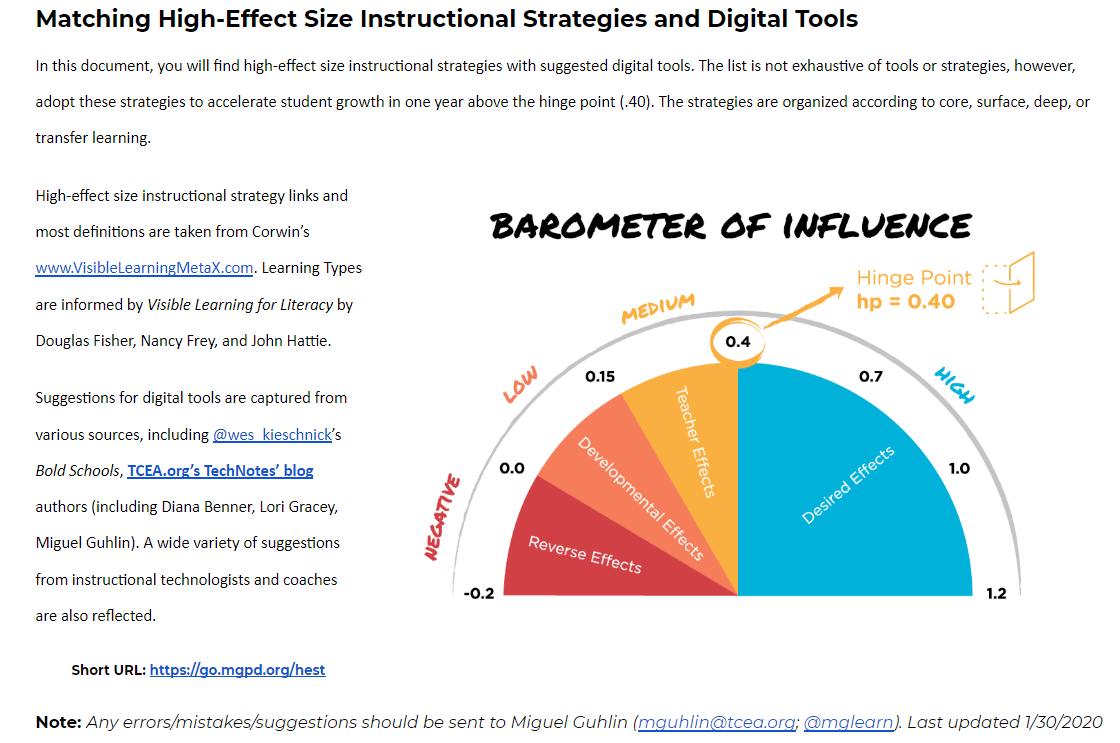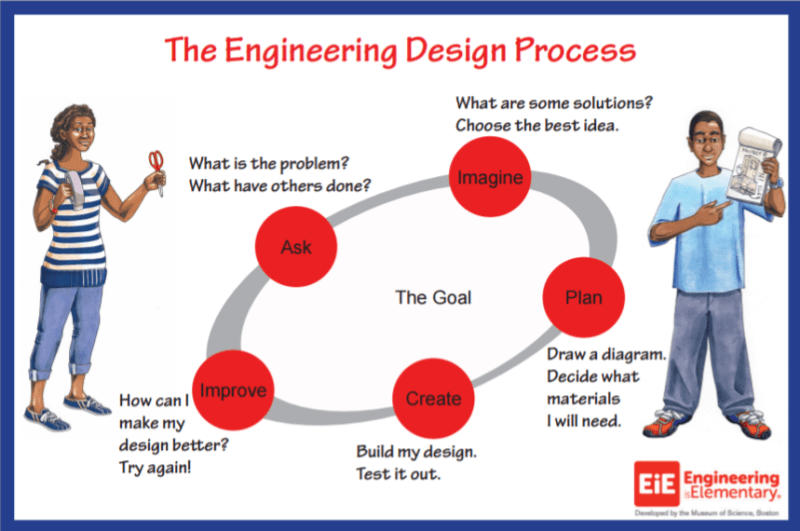In classrooms today, the goal remains learning how to solve problems together. Authentic learning often involves learners in joint problem solving. We work together towards a goal, each of us knowing what part we play to resolve the issue(s). How do you do set educators up for success in this endeavor? In this blog entry, we’ll explore several approaches. Before we do that, let’s step back and ask ourselves, What is authentic learning?
ISTE Standards for Educators: Collaborator
To better understand what authentic learning is, let’s take a look at it through the lens of the ISTE Standards, a way to do three things:
- Improve practice
- Discover and share resources and ideas
- Solve problems
When you look at the four indicators, you realize that the last action is quite important to the standard. Here are the four indicators:
4a: Dedicate planning time to collaborate with colleagues to create authentic learning experiences that leverage technology.
4b: Collaborate and co-learn with students to discover and use new digital resources and diagnose and troubleshoot technology issues.
4c: Use collaborative tools to expand students’ authentic, real-world learning experiences by engaging virtually with experts, teams and students, locally and globally.
4d: Demonstrate cultural competency when communicating with students, parents and colleagues and interact with them as co-collaborators in student learning.
As you can see, two of the indicators refer to “authentic learning experiences.” Each enjoys the benefit of real-world problem-solving. When you unpack the vocabulary, you see that each indicator expands on the other:
- Authentic learning (4a): Activities based on student’s real world experiences or current issues. These use real data and seek to solve real-life problems.
- Authentic, real-world learning experiences (4c). This involves solving local and global real world problems. It could involve design thinking as well.
This presents tremendous opportunities for situating student learning in real-world problem-solving scenarios. How do you do that? Let’s review the steps that lead to authentic learning experiences with technology.

Step #1: Engage with a Real-World Problem
“Fall in love with the problem, not the solution,” says Astro Teller, Captain of Moonshots, X. Many of us know that real-world problems, a la 5E Model’s Engage stage, help to focus learners. The problem engages students when it is relevant to them. Let’s review what a real-world problem should look like:
The PBL challenge is one that captures students’ attention. It stimulates their thinking, and assists them in accessing prior knowledge. (Source: 5E Model + Technology)
Note the importance of prior knowledge. (We’ll explore prior knowledge in Step #2 due to its importance.) In crafting a real-world problem, I would be quick to rely on relevant life issues and challenges.
A real-world problem must engage students in the inquiry process. You can present news or troubling information from a primary source. Students can derive a problem from that information. Or you as the teacher can craft a problem narrative/engagement scenario. You can show a video, or resource, that engages students. The next step is critical because it engages students in identifying what they don’t know. One way to do this is to rely on a concept map about the following areas:
- What do I know?
- What do I need to know?
- What questions do I have about what I know or don’t know?
This assists students in seeing the bigger picture. It’s not enough to depend on this. You, as the teacher, as well as experts on the problem, must step in.
Step #2: Build Background Knowledge
A fascinating tidbit about problem-based learning (PBL): When you allow students to do all the work of knowledge gathering, it’s not very effective. In fact, Dr. John Hattie reports it has an effect size of 0.35. This is less than the 0.40 hinge point for a normal year’s growth in a classroom. This makes all the work for PBL, “Meh, not worth it.” But wait; before you give up, keep reading.

Note how Quadrant D learning is focused on real-world, unpredictable situations. That is where problem-solving teaching must take students. But they can only go AFTER they have learned content and skills needed to solve it.
You can use several strategies to speed up student growth in a particular area. That is, to build prior knowledge, you can use strategies proven to work. When you do this, and then introduce students, PBL’s effect size increases. I like to think of PBL introduced at surface learning stage as a beginning Pokemon. Use it too soon, students fail. Use it after evolving, you get powerful results.

Image Source: YA Web Design
If you spend some time building knowledge capacity in your students, PBL evolves. It evolves from PBL to a more effective, transfer learning strategy. The evolved PBL strategy is problem-solving teaching. This strategy enjoys a respectable 0.68 effect size.
This evolved PBL appears after you have introduced content (a.k.a. surface learning). It appears after deep learning, when students have gone beyond knowledge conceptualization. It’s only when students are ready to engage in transfer learning that PBL works.
The Visible Learning Meta X database defines it in this way:
Problem-solving involves learning to solve a problem that one does not already know how to solve. It can also involve teaching specific, subject-area focused strategies for attempting to solve such problems.
As you can see, this is like ISTE’s expectation in the Collaboration standard. The focus is on real-world problems, authentic learning, and skill-building.
Mapping Learning Growth via Reflection
You must give students the opportunity to build up background knowledge. How do you do that? Support your students in making their own concept map. They can begin with questions, then track their growing understanding. This means that their concept map will change over time. It’s not a “make one and then forget it” situation.
You might ask students, “What would you add to or how would you change your map?” Ask them to revise their concept map as part of their reflection time. To build background knowledge, rely on one of the surface learning strategies. Need some ideas of how to get started? Check this list.
Step #3: Present the Problem
The key concept behind the problem-solving teaching strategy is that of novelty, presenting students with a problem they have not encountered before. It is novel, requiring them to apply their newfound knowledge and skills. In a skill-building scenario, it could be to use design thinking process. Or encouraging students to apply their knowledge of an engineering design process. Students can begin to explore the problem from various stakeholder roles. One way to focus them on solution development is to ask, “What will success look like?” Have them put the criteria they use for success into a rubric.
As you embark on a PBL unit, align it to the ISTE Standards for Educators’ Collaborator aspect. It will focus your work on authentic learning and real-world problem-solving. What’s more, make sure that you use surface learning strategies first. These will build students’ background knowledge. Then, they can apply their knowledge to a new problem. In this way, you can accelerate student growth.





1 comment
Very informative and instructional articles and ideas inspire a teacher-to-be!
Thank you very much!